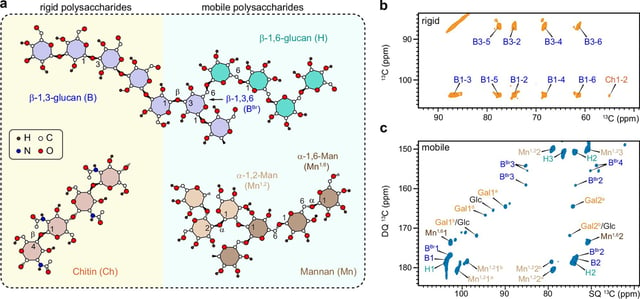Overview
- Advanced solid-state NMR with dynamic nuclear polarization showed that caspofungin treatment stiffens polysaccharides in both Candida species but C. auris preserves wall architecture by upregulating β-1,6-glucan rather than thickening its wall.
- Deletion of C. auris’ KRE6a and KRE6b genes confirmed that β-1,6-glucan synthases are essential for echinocandin resistance, with loss of KRE6b markedly increasing caspofungin susceptibility.
- Comparative analysis revealed that C. albicans responds to echinocandins by thickening its wall and boosting chitin content, whereas C. auris maintains cell wall thickness through selective β-1,6-glucan reinforcement.
- An international, multidisciplinary team leveraged cutting-edge NMR techniques and gene deletion approaches to achieve high-resolution mapping of intact fungal cell wall dynamics under drug pressure.
- Insights from the Nature Communications study provide a strategic framework for designing species-specific antifungal agents that target C. auris’ unique cell wall adaptations.
